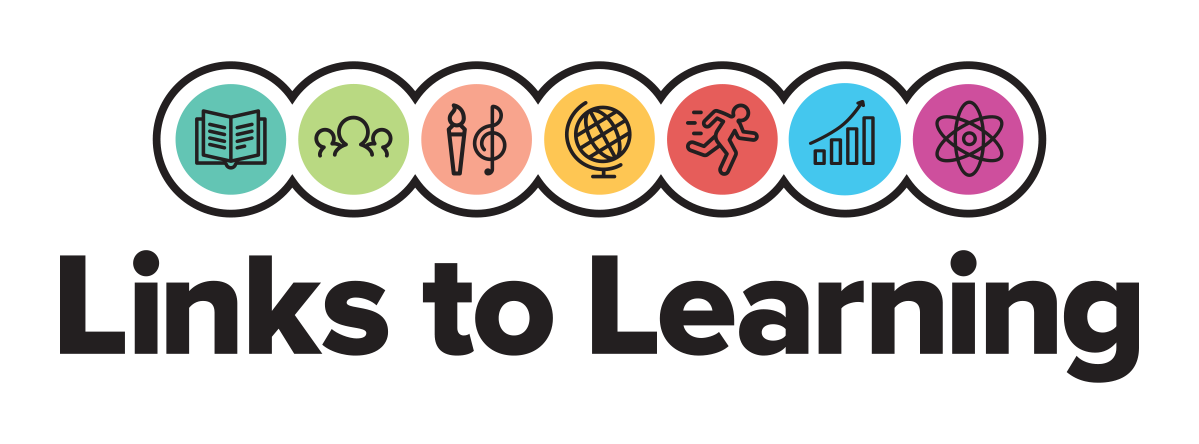- View All
- Topics
- Search
Topics
Blog Archive
-
2025 (6)
- March (3)
- February (1)
- January (2)
-
2024 (28)
- December (2)
- November (3)
- October (2)
- September (3)
- August (3)
- July (3)
- June (2)
- May (2)
- April (2)
- March (2)
- February (2)
- January (2)
-
2023 (15)
- December (2)
- November (2)
- October (2)
- September (1)
- August (1)
- July (1)
- June (1)
- May (1)
- April (1)
- March (1)
- February (1)
- January (1)
-
2022 (13)
- December (1)
- November (1)
- October (1)
- September (1)
- August (2)
- July (1)
- June (1)
- May (1)
- April (1)
- March (1)
- February (1)
- January (1)
-
2021 (16)
- December (1)
- November (1)
- October (1)
- September (2)
- August (1)
- July (1)
- June (1)
- May (2)
- April (1)
- March (2)
- February (2)
- January (1)
-
2020 (11)
- December (1)
- October (2)
- September (1)
- August (1)
- July (1)
- May (2)
- March (1)
- February (1)
- January (1)
-
2019 (12)
- December (1)
- November (1)
- October (1)
- September (1)
- August (1)
- July (1)
- May (2)
- April (1)
- March (1)
- February (1)
- January (1)
-
2018 (12)
- December (1)
- November (1)
- October (1)
- September (1)
- August (1)
- July (1)
- June (1)
- May (1)
- April (1)
- March (1)
- February (1)
- January (1)
-
2017 (12)
- December (1)
- November (1)
- October (1)
- September (1)
- August (1)
- July (1)
- June (1)
- May (1)
- April (1)
- March (1)
- February (1)
- January (1)
-
2016 (12)
- December (1)
- November (1)
- October (1)
- September (1)
- August (1)
- July (1)
- June (1)
- May (1)
- April (1)
- March (1)
- February (1)
- January (1)
-
2015 (12)
- December (1)
- November (1)
- October (1)
- September (1)
- August (1)
- July (1)
- June (1)
- May (1)
- April (1)
- March (1)
- February (1)
- January (1)
-
2014 (5)
- December (1)
- November (1)
- October (1)
- September (1)
- April (1)




Branching Out with STEM
This fall, all of our principals and teachers have participated in professional development sessions to create innovative lesson plans featuring STEM activities. Both students and teachers are having fun exploring real-world problems together.
Below are a few ways that we integrate STEM in our classrooms and some ideas to try at home.
Science: In our classrooms, students participate in various science projects to practice close observation and experimentation. They make volcanos using baking soda, food dye and vinegar, observe the result of soda bottle geysers, and create rain clouds using shaving cream and food dye. Perform a science experiment at home by making a lava lamp using a plastic bottle, water, oil, and food dye. Ask your child to make predictions on what would happen to the ingredients in the bottle. Will the oil and water mix?
Technology: We integrate technology into our academic curriculum by providing opportunities for students to explore changes in technology over time, use technology to express themselves creatively, and learn terminology relevant in this digital age. For instance, they explore sun dials, analog clocks and digital clocks and discuss how each item is used to tell time. At home, have your child look for different forms of technology such as computers, tablets, telephones and cell phones. Ask him to share the differences and similarities he sees.
Engineering: Our students work collaboratively to design and create inventions, while building communication, creativity and cooperation skills. They build boats and cars using cardboard boxes, make containers to grow plants, and build cities out of blocks. Continue the learning at home by asking your child to build a fort using pillows, assemble a tower from magazines, or create a necklace using macaroni and string.
Mathematics: We give children hands-on experience with math concepts such as pattern, size, shape and quantity. For example, student sort and count different types of cereal and graph their favorites. Take a nature walk with your child and have him collect leaves or small rocks in a basket. When you get home, ask him to count the objects and describe the colors, shapes and textures.
In summary, we provide numerous fun and challenging STEM projects to encourage collaboration, problem solving, decision making, creativity and innovation. Through these activities, our students build the foundation they need for a lifetime of learning.